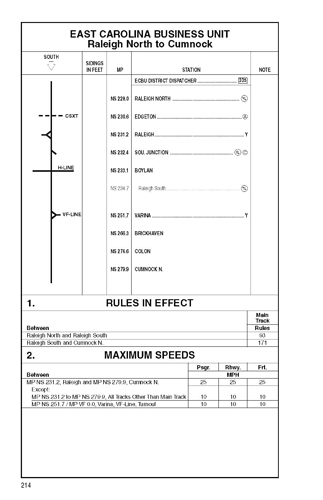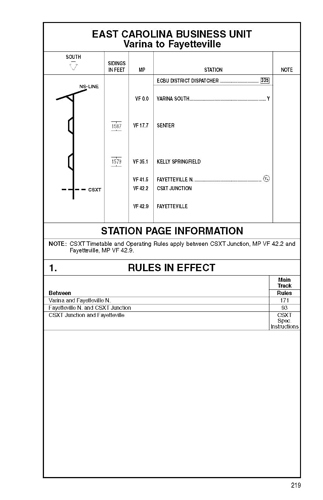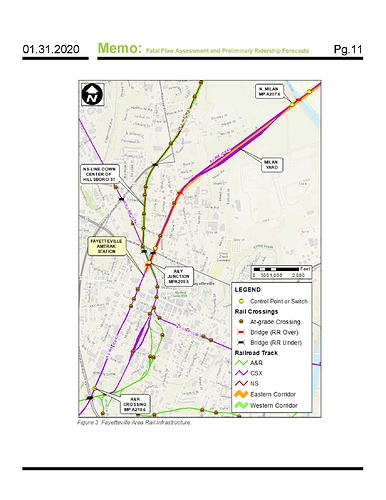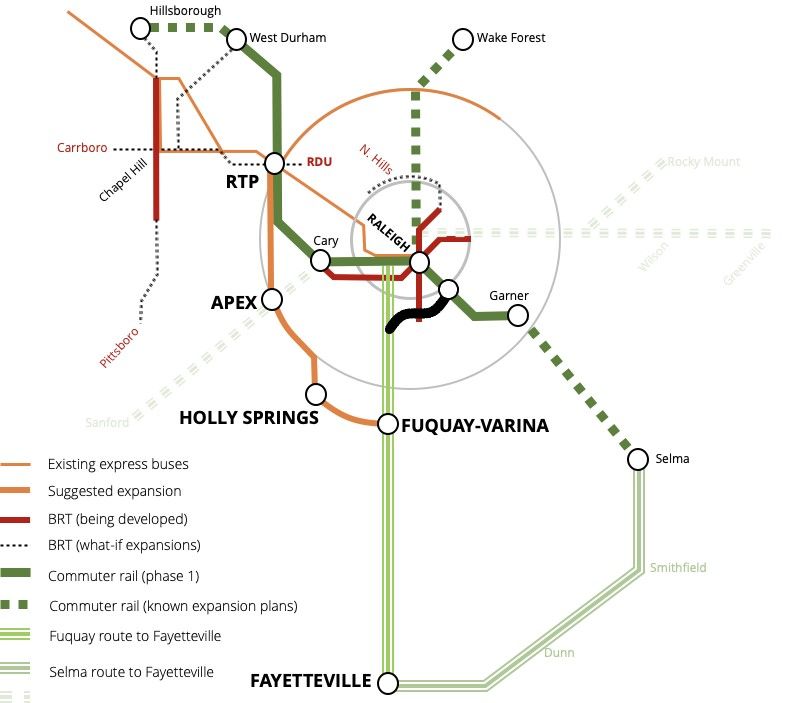My vote’s on the @orulz Yellow option (which is only a little over 1 mile in length between the two points).
First, diverge to the East from the NS Line through undeveloped land (now owned by Malik/Kane) on the south side of I-40 proceeding over to South Saunders.
Second, go on viaduct over South Saunders, skirting around the Sam’s Club property. Take out HC Auto & Body as well as RDU Gold Buyer while missing/relocating a cell tower off of Renfrow.
Third, continue on viaduct over South Wilmington, coming down to grade adjacent to Evergreen Packaging’s spur.
Fourth, pass under the existing Hammond Road bridge/overpass. Then, meet the H-Line with a wye.
This possibly doesn’t touch any private homes (although it gets kinda close to the end of Granite Street and Norfolk Ave - so there still may be some sacrifice). Will take out two businesses and a cell tower while requiring a NEPA wetlands review. It leaves the NS ROW intact for greenway access from Carolina Pines to Boylan Heights, going over I-40 and Western Boulevard using intact bridges.
The ‘Yellow’ Belt Line/Kane Cutoff takes freight traffic out of Dix Park while still giving NS’s freight customers to the south a connection to any of the freight yards already mentioned. If/when the NS and VF lines becoming repurposed or reconnected to the outside world at other places, then the ROW from Carolina Pines to Varina is still available for passenger traffic with little reconfiguration required.
Would probably put the South Raleigh/Malik Stadium station at the old Cargill site while envisioning that the whole industrial zone on South Blount to be completely revised as an urban zone. The distance between Cargill and the proposed stadium is about a mile - so walk, bike, scooter, is do-able given that there will likely be a direct connection programmed in when the time comes.
The project cost for freight rail is $2.5M per mile exclusive of land acquisition, environmental review, bridges, tunnels, and culverts. Some other single rail transit projects have come in at $20M per mile, and one streetcar project hit $50m per mile. But, we’re looking at just a one mile connection.
[This is so perfect, and I’m amazed that somebody hasn’t thought about it already.]




